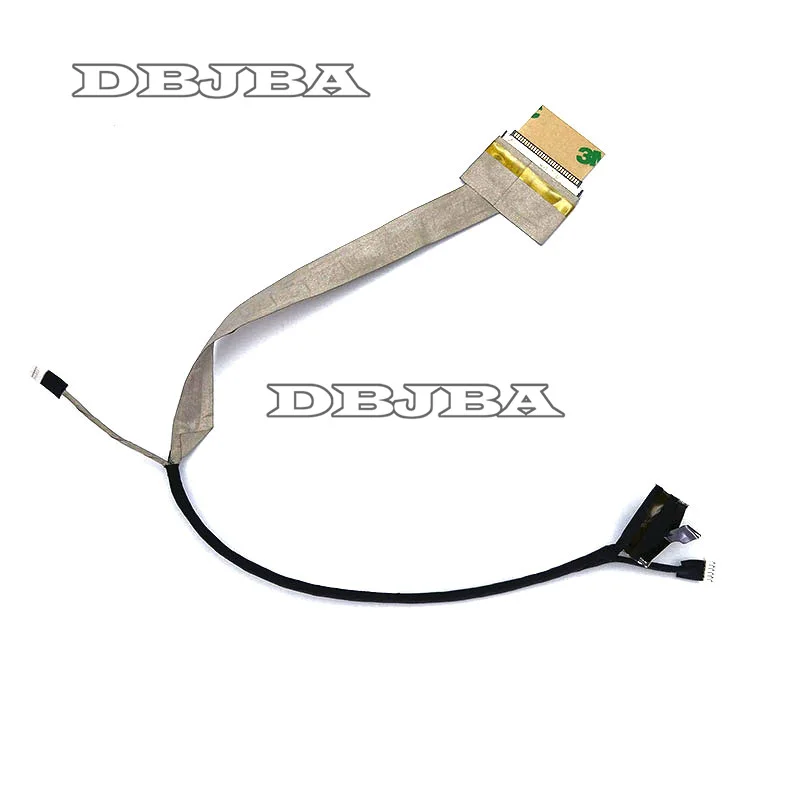
In this mode, a noticeable gap remains between the chassis and display (tablet mode). In tablet mode, apart from two magnets, there is no mechanical fix for this issue - but this is not necessary, since both magnets hold the lid tight against the case. Small stands on the flap help it avoid damage and scratches.Ī locking mechanism on the hinge prevents the display from slipping backward inadvertently, which would otherwise be inevitable while folding back and forth. The lid slides under the chassis when open, raising it by a few millimeters.

This is all to the good this way, the display hardly teeters at all while using the touchscreen function. This makes it a bit harder to open the lid. The hinge fits tight in the case and gives a higher resistance over the last 20 degrees of opening. If it were metal, the base stability would improve markedly.

The silver grid containing the keys consists of plastic.

We could fairly easily bend the base, which measures only 7 mm (front part ~0.3 inches) to 20 mm (reverse side, without base ~0.8 inches), causing the chassis to creak. This 2.5-mm-thick panel makes up the deciding factor in terms of stability, though it unfortunately falls short of giving a solid, stiff impression. This does not mean that there is not any aluminum: it makes up the entire wrist wrest and keyboard border in a textured, optically pleasing form. As a tablet, the Vaio Fit multi-flip cannot weigh very much, which is why the manufacturer has scrimped and saved at every opportunity.


 0 kommentar(er)
0 kommentar(er)
